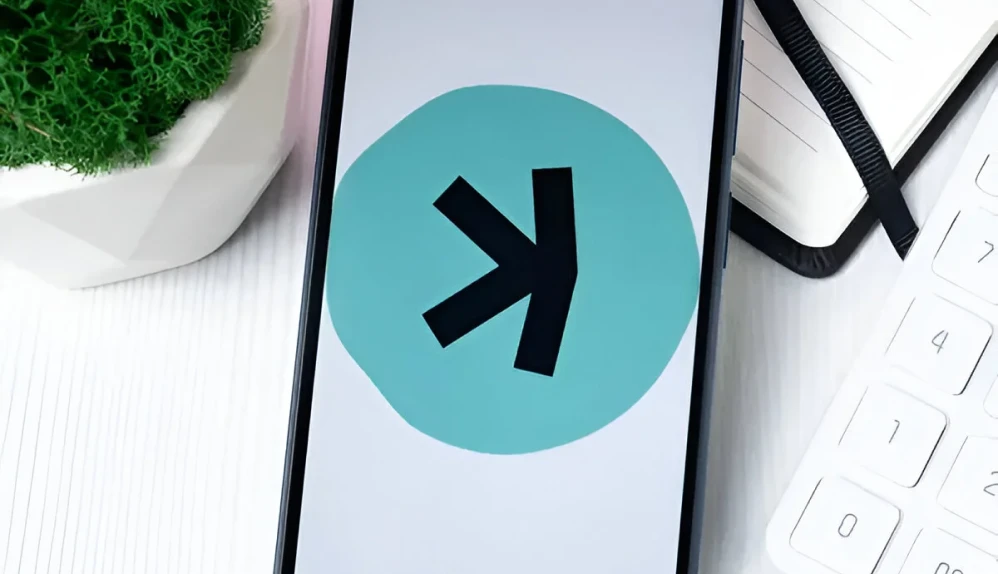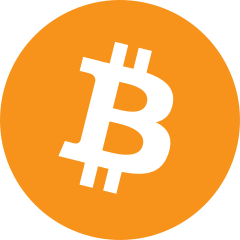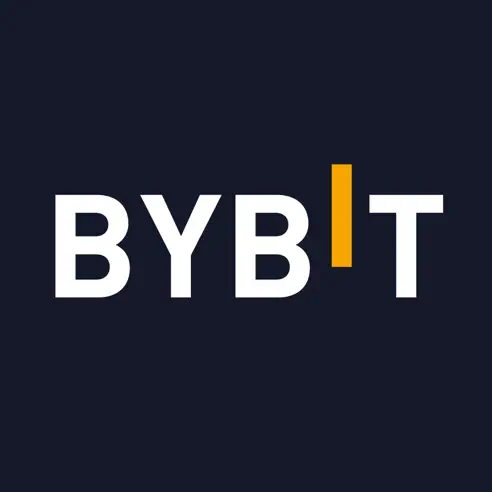T
he KRC-20 token standard, announced on September 15th by Kaspa (KAS) stands out as a significant moment in the blockchain space.
So far, the launch has been nothing short of a success, having processed more than 13 million transactions within just one day. Compared to the usual 30,000 transactions per day on the Kaspa network, this constitutes a phenomenal leap. This amazing growth was the result of the deployment of 156 KRC-20 tokens and has resulted in Kaspa solidifying itself as one of the top PoW blockchains.
This guide looks at how KRC-20 tokens are minted, discusses some Kaspa network features, and describes at a high level how developers and enthusiasts can be part of the growth of this network.
What Are KRC-20 Tokens?
KRC-20 tokens are fungible tokens on the Kaspa blockchain. Like Ethereum’s ERC-20, KRC-20 tokens implement a standard set of rules so that these dApps are easily composable with others built on top of Kaspa. The potential uses of such tokens include but are not limited to, DeFi, gaming, and loyalty programs.
Kaspa’s unique Data Insertion Mechanism enables transaction data embedding directly on-chain, thus effectively deploying, minting, and transferring KRC-20 tokens. In such a way, Kaspa is a blockchain for developers seeking to build scalable and low-cost tokenized solutions.
On the first day, 156 different tokens were deployed. Some of these recognized tokens include $NACHO, $GHOAD, and $SOMPS. Most of them were fully minted, reflecting the strong demand for Kaspa network assets. This therefore cements Kaspa to the top regarding the creation of new tokens.
Kasplex: Backbone of KRC-20 Tokens
Kasplex is an all-inclusive protocol that supports the deployment, minting, and transfer of KRC-20 tokens. Kasplex further includes a number of key components, including:
- Data Ingestion Mechanism: It encodes JSON payloads to transactions for seamless on-chain data management.
- Open Source Indexer: Provides super-fast and precise data retrieval around the token-related information.
- Robust APIs: Developers interact with the Kaspa blockchain with ease.
Kasplex played an important role in the success of the recent KRC-20 launch, supporting more than 90 million transactions in stress testing to ensure the network was ready to handle such a load without any problems.
Meanwhile, Kaspa’s miners enjoyed a significant increase in rewards: they collected 21 million $KAS as transaction fees during the launch of KRC-20. If Kaspa’s miners’ profitability continues to surge this much, more miners will be drawn into the network to further secure and decentralize it.
How to Deploy & Mint KRC-20 Tokens Step by Step
Minting a KRC-20 token on Kaspa involves deploying your token and setting its key attributes, which include total supply and distribution. Platforms like Kaspiano make this process easy, letting you input the required information and do the heavy lifting of deployment for you.
Here’s how you can get started:
Step 1: Connect your Kasware Wallet to Kaspiano
Start by downloading the Kasware wallet extension if you haven’t already and create an account.

Then head to https://www.kaspiano.com/ and connect your wallet.

Step 2: Choose the Deployment Mode
Kaspa’s KRC-20 standard offers two main deployment modes, namely,
1. Fair Mint: At mint, no tokens are pre-reserved in Fair Mint; all tokens are created by mint operations. This will guarantee equal distribution right from the start and be suitable for community-driven projects or decentralized applications.
2. Pre-Allocation: Pre-allocation allows deployers to assign portions of their token against specific addresses while deploying. This is helpful in reserving the tokens for early investors, development teams, or partnerships.

Step 3: Deploy Your Token
To deploy your KRC-20 token, you need to embed a JSON payload within Kaspa’s Envelope structure. This would contain information such as:
- Token Name; eg., “Kaspa Token”
- Symbol; eg., “KRC”
- Total Supply; this is the maximum number of tokens you want to create
- Decimals; how divisible the token is

Step 4: Pay the Gas Fee
It costs a small amount of gas to mint and deploy tokens on Kaspa; the minimum amount is usually 1000 KAS per deployment and 1 KAS for minting existing tokens. This pays miners to validate your transaction and also disincentivizes useless data on-chain. Kaspa’s gas is super cheap compared to other platforms, so you can affordably mint tokens.
Step 5: Mint Tokens
Later, depending on the supply limit you had specified upon deployment, you could mint the tokens. Minting is basically the creation of the tokens and their apportionment in line with the deployment method chosen.
Step 6: Token Management
Once your tokens are minted, you’ll need a wallet to store them and manage them. Kasware is meant to manage the KRC-20 token on the Kaspa blockchain. With Kasware, you will be able to:
- Send and receive tokens
- Track your token portfolio
- Manage multiple KRC-20 tokens
Download your Kasware wallet from Kasware Wallet today and ensure your tokens are kept securely and with ease.
The launch of the KRC-20 token on the Kaspa blockchain is one of those events that changed everything for the developers and the greater blockchain ecosystem. Kaspa was able to show off its throughput and low-cost capabilities when it processed over 13 million transactions with 156 tokens deployed during the first 24 hours of the KRC-20 token launch.
Whether you are a developer wanting to mint your own tokens or an enthusiast looking into the latest in blockchain technology, Kaspa’s KRC-20 standard offers developers a robust environment in which they can create, manage, and trade tokens efficiently.















